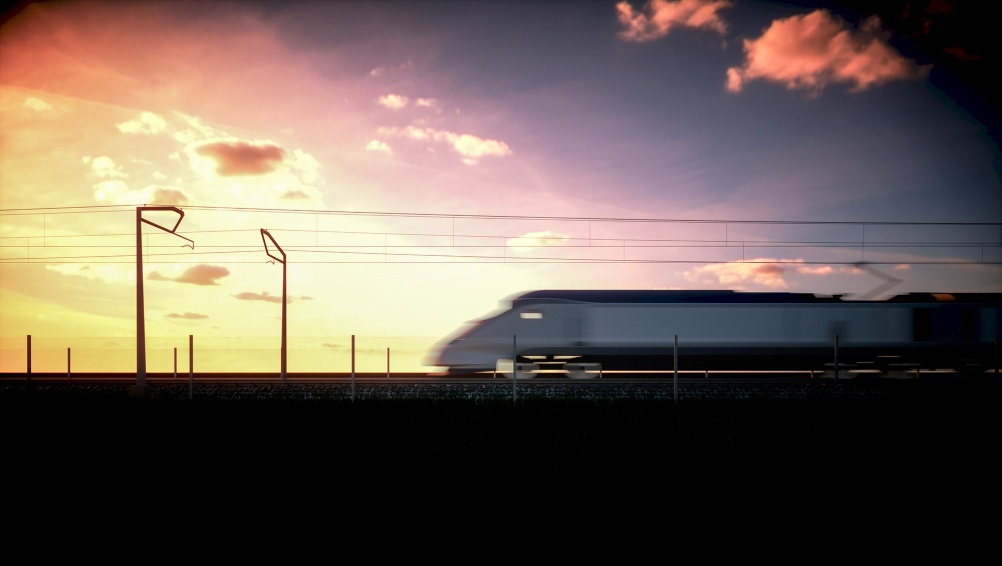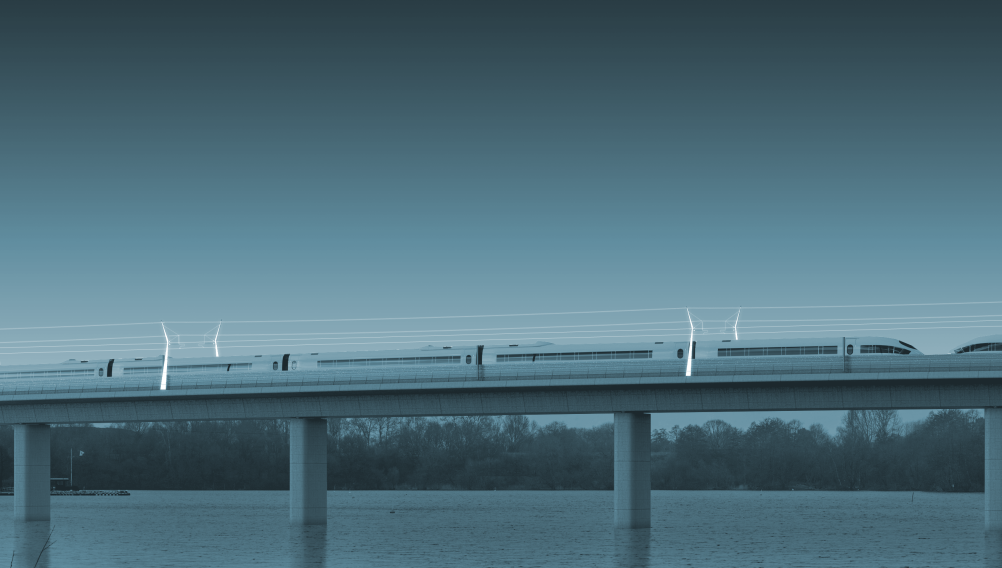HS2 is the biggest public project for decades – how can designers influence it?
While Government plans to build a high-speed rail network from London to Birmingham and the North West are understandably contentious, its willingness to engage with designers opens up opportunities.

It’s hard to think of a more divisive public infrastructure plan around at the moment than the UK Government’s High Speed 2 proposals.
HS2 is a plan to build a high-speed rail link between London and Birmingham and then on to the North West and Yorkshire. Should plans be fully approved (construction has been signed off but route details are currently at committee stage in the House of Commons) building could start in 2017 and trains could start running in 2026.
Its backers claim that HS2 will relieve the strain on an overburdened rail system and stimulate economic growth beyond the capital. Its opponents say there is no business case for the network, which will cut through hundreds of environmentally sensitive areas including unique habitats and ancient woods.
Whichever side of the argument you fall on, as a designer you’re in a unique position to influence what HS2 might become as the team delivering is looking for design input right from the start of the project.
The HS2 Design Panel – which is chaired by architect Sadie Morgan – is calling for 30 designers from any discipline to join up. Morgan says: “HS2 is one of the country’s great design opportunities… They will help make sure that design remains at the core of this project and delivers all its potential benefits for future generations.”

Morgan promises that this panel will be far from window-dressing and will be an integral part of how HS2 is delivered. Its responsibility, she says, will be to hold the HS2 team to its “Design Vision”. This was published last month and created by a team led by former Design Council chief executive David Kester which included the likes of Thomas Heatherwick, Paul Priestman, Ben Terrett and Sophie Thomas.
The design vision calls for a “transformational” approach to creating the network, with design at the every aspect “from pixel to city”. It calls for designs that focus on users and communities, are environmentally sensitive and will be long-lasting.
Morgan says she will have a direct line to Transport Secretary Patrick McLaughlin – “Any SOS from me will go straight to the SOS [Secretary of State]”.
As Morgan says, HS2 is one of the UK’s greatest design opportunities for years. Those close to the project are comparing it to the London 2012 Olympics in terms of what it could do for the UK’s design profile.
But there will of course be challenges for HS2 and the designers involved. Those who join the Design Panel will have a number of key issues to face:
- Making sure design is integral to HS2 and not just decoration. There’s every indication so far that the HS2 team sees the benefits of what design can bring – not to train liveries or poster campaigns but to organisational design and customer experience. The Design Panel needs to make sure this attitude continues.
- Look beyond the trains and stations. That HS2 needs well-designed infrastructure goes without saying. And with designers like Thomas Heatherwick, PriestmanGoode and PearsonLloyd, the UK is perfectly placed to deliver this. But the Design Panel will need to go beyond this. What good is a well-designed train if ticket machines don’t work properly or entrance barriers are too narrow? Design needs to be part of the whole HS2 experience.
- Maintain community engagement. As is abundantly clear, HS2 is a very divisive project and could have a huge affect on those on its route. Designers, with their knowledge of user needs, audience engagement and research, are perfectly placed to listen to the concerns of those affected by HS2 and ensure they are addressed.
- Get in front of Government. HS2 will cost, according to the Department for Transport, £43 billion (other estimates put the cost as high as £80 billion). Construction could run over several decades. If built, HS2 will be the most important infrastructure development in the UK for generations. If design is at the heart of that – and drives success – then the UK design industry will have compellingly proven its worth for years to come.
Discover more:
-
Post a comment




